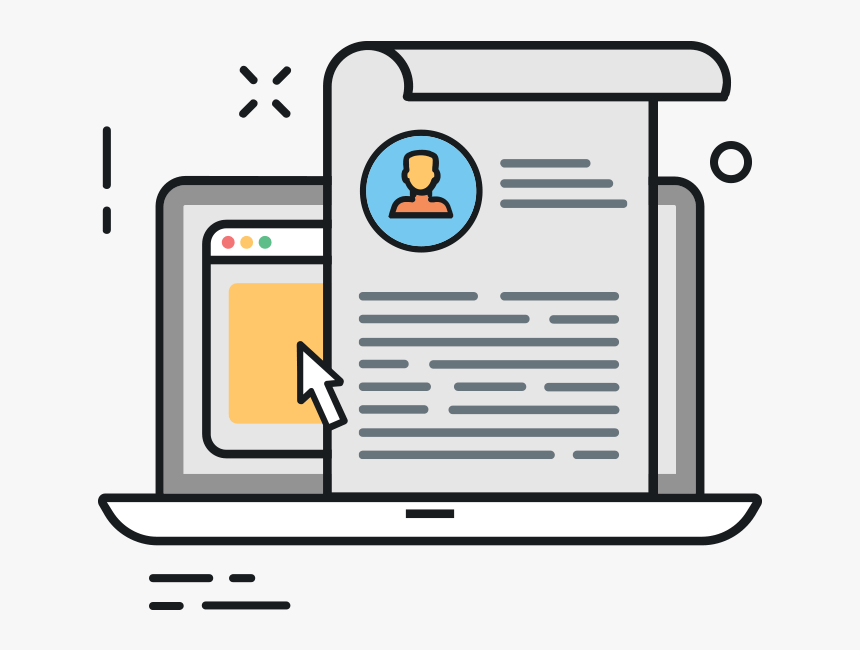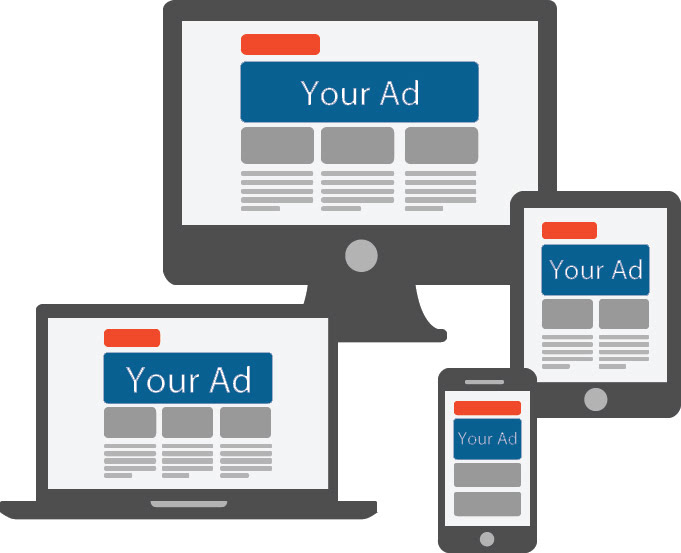15 Proven Strategies for Optimizing Landing Page Conversion Rates
In the contemporary digital marketing landscape, the efficacy of a landing page is inextricably linked to overall business success. Serving as the critical juncture between online traffic generation and desired outcomes—be it lead acquisition, sales enhancement, or user registration—a high-converting landing page is paramount. This article elucidates fifteen evidence-based strategies, supported by practical applications, to transform landing pages into high-performing lead generation assets. We will explore concepts from user experience (UX) design, marketing psychology, and conversion rate optimization (CRO) to achieve this.
1. Prioritizing Clarity and Conciseness in Design: Applying Gestalt principles of visual perception, a minimalist aesthetic is crucial. Cognitive load theory underscores the importance of minimizing extraneous information. The design should focus on a singular, clearly defined call to action (CTA), ensuring effortless user comprehension and navigation. Avoid visual clutter; prioritize a clean, unburdened layout emphasizing the core value proposition.
2. Crafting Compelling Headlines: The headline constitutes the initial point of engagement, demanding immediate attention and impactful communication. Employing principles of persuasive communication, the headline should succinctly convey the value proposition while stimulating user curiosity. Instead of generic statements, leverage strong verbs and benefit-driven language to create a memorable first impression. For example, instead of "New Product," consider "Transform Your Business with Our Innovative Solution." This aligns with the framing effect in behavioral economics, positively influencing user perception.
3. Utilizing High-Quality Visual Assets: Visual elements play a critical role in establishing brand identity and enhancing user engagement. Leveraging principles of visual communication, high-resolution images, videos, and icons should be strategically integrated to resonate with the target audience. Optimizing images for rapid loading times is essential to mitigate bounce rates, aligned with the principles of website performance optimization. The use of relevant visuals also taps into the picture superiority effect, improving user recall and comprehension.
4. Implementing Powerful Calls to Action (CTAs): CTAs should be strategically placed and visually prominent, employing action-oriented language and contrasting colors to maximize visibility. This is based on principles of visual salience and attention-grabbing design. Experimentation with diverse CTA copy (e.g., "Start Your Free Trial Now," "Get Instant Access") is crucial, testing variations to identify optimal phrasing. The effectiveness of the CTA can be analyzed using A/B testing, a core component of CRO.
5. Ensuring Cross-Platform Responsiveness: Given the prevalence of mobile device usage, responsive design is non-negotiable. The landing page must seamlessly adapt to various screen sizes, adhering to UX best practices to ensure optimal user experience across all platforms. This addresses the crucial aspect of mobile-first indexing and search engine optimization (SEO).
6. Establishing Credibility Through Social Proof: Integrating testimonials, case studies, and social media mentions serves to build trust and enhance credibility. This leverages social influence theory, demonstrating the impact of peer recommendations on consumer behavior. Quantifiable data, such as "90% Customer Satisfaction," further reinforces positive perception and enhances persuasive effectiveness.
7. Leveraging Scarcity and Urgency Tactics: Strategic application of scarcity and urgency principles can effectively drive conversions. Limited-time offers and countdown timers create a sense of urgency, encouraging immediate action. However, ethical considerations are crucial to prevent misrepresentation and maintain user trust. This approach aligns with the principles of behavioral economics, specifically loss aversion and the endowment effect.
8. Employing A/B Testing for Continuous Optimization: A/B testing is a cornerstone of CRO. Systematic testing of design elements (headlines, visuals, CTAs, colors) allows for data-driven identification of optimal configurations. This iterative process enables continuous refinement, maximizing conversion rates and improving landing page performance over time. This method supports evidence-based decision making in design and marketing.
9. Optimizing for Rapid Loading Speeds: Page loading speed significantly impacts user experience and conversion rates. Employing techniques such as image compression, code minimization, browser caching, and Content Delivery Networks (CDNs) is crucial for ensuring swift and efficient page loading. This directly correlates with bounce rate reduction and improved SEO rankings.
10. Designing an Intuitive User Journey: Creating a clear and logical user flow is paramount. Intuitive navigation ensures effortless progression towards the desired action, minimizing cognitive load and user frustration. This aligns with the principles of UX design, focusing on usability and user satisfaction.
11. Emphasizing Benefits over Features: Instead of simply listing features, focus on communicating the tangible benefits to the user. This is based on the principle of focusing on user needs and wants. Highlighting how the product or service solves user problems and improves their lives fosters stronger engagement and resonates more effectively with the target audience.
12. Strategic Use of Color Psychology: Color choices significantly influence user emotions and associations. Understanding color psychology enables the selection of colors that align with brand identity and evoke desired responses. Research-backed color palettes can enhance visual appeal and positively influence user behavior.
13. Streamlining Forms for Optimal Conversion: Minimizing form fields to only essential information reduces user effort and improves completion rates. Employing autofill options and clear value propositions further enhances user experience and conversion rates. This approach reduces friction in the conversion process.
14. Integrating Live Chat or Chatbots: Providing immediate support and addressing user queries fosters a sense of connection and trust. Live chat or chatbot integration facilitates real-time assistance, leading to improved user satisfaction and potentially higher conversion rates. This addresses the importance of customer service and immediate responsiveness.
15. Continuous Analysis, Iteration, and Refinement: Regular analysis using tools like Google Analytics, heatmaps, and session recordings allows for ongoing monitoring and identification of areas for improvement. Data-driven insights inform iterative design refinements, promoting continuous enhancement of landing page performance. This is a cyclical process of testing, analysis, and optimization essential for sustained growth.
Conclusions and Recommendations: Implementing these strategies holistically, with a strong emphasis on A/B testing and iterative improvements, significantly enhances landing page conversion rates. Recommendations include prioritizing user experience, creating compelling content, and leveraging data-driven decision-making. The impact of these strategies extends beyond immediate conversion increases, positively influencing brand perception, customer loyalty, and long-term business sustainability. Further research could explore the comparative effectiveness of different CTA designs, the influence of personalized content, and the optimization of landing page design for specific demographics. The applicability of these principles extends beyond landing pages to encompass various digital marketing channels and user interface design.
Reader Pool: Considering the principles of UX design, persuasive communication, and CRO discussed, how could the integration of artificial intelligence further enhance landing page optimization and conversion rates?
```



